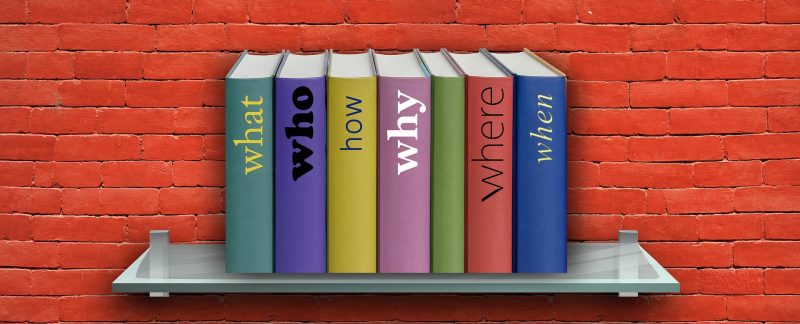‘World peace’, ‘ethically sourced’, ‘sustainable farming’, ‘future proofing’; these are all great phrases aren’t they. They concoct a gooey gushy feeling of something great to aspire to. Last year I stumbled across in my self-publishing journey ‘Inclusive Publishing’. Apparently, that was what I was endeavouring to achieve. OK. That’s great… but what does that mean?
But what does it mean?
If you really think about it, what is ‘world peace’? Or say, ‘sustainable farming’, or ‘ethically sourced cacao’? Sure, I’m no current affairs expert, global economist, or international diplomat. I’m just an average moderately well informed suburban mum! When I hear catchphrases like the above I wonder if it’s REALLY that simple… Are those ideals actually ‘truly’ achievable?
Now enter ‘Inclusive Publishing‘.
Late 2019 I delivered a talk on my experiences self-publishing what I planned to be a Twin Vision picture book. During the post-talk socialising an attendee acknowledged my advocacy for Inclusive Publishing. I was humbled! It sounded impressive!
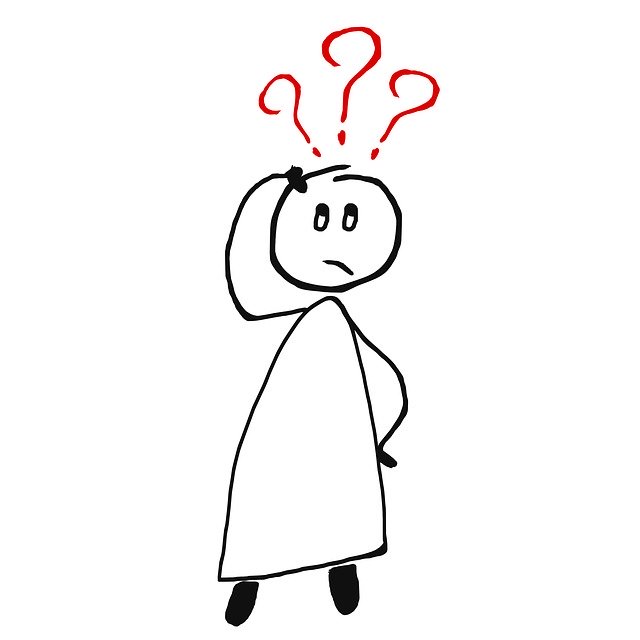 Of course – I had no idea what it meant!
Of course – I had no idea what it meant!
Later that night I googled the term and after sifting through a bunch of dead-ends, realised that there is an emerging ideal pushing for its share of the limelight going under the name ‘Inclusive Publishing‘. And frankly, I was hooked!
Before I go on I thought it might be prudent to just shed a bit of light on who I am and why perhaps this odd little unconnected topic has now caught my undivided attention.
Well, I am Kayt.
I am your pretty average 1st world person proudly taking a teeny tiny percentage within what I would like to label ‘the mass‘. I am married, have 2 kids, a dog, a husband, a mortgage, live in a metropolitan area within 6kms of my work and 4 km of a capital CBD. I am educated, reasonably well-read, and happy to get up every day to continue to work towards realistic and unrealistic dreams (me and Bruce Willis… it could still happen…).
 So I am part of ‘the people‘. Ordinary. Average. Run-o-the-mill. The ‘norm’.
So I am part of ‘the people‘. Ordinary. Average. Run-o-the-mill. The ‘norm’.
For two years I had been working on self-publishing a Picture Book which I had every plan to turn into a Twin Vision book specifically for a local Braille Library to use as a fundraising venture. As a volunteer, I was going to set them up with at-cost access to the print-on-demand publication which they could emboss internally and then sell at public events as an example of what a Twin Vision book actually was. Sadly, the project simply took too long to complete and as is often the way with financially constrained community not-for-profits, focus and direction shifted to other income priorities.
Regardless of the needs of the charity, I was too entrenched and in love with the project to stop. So I continued. Hell, I was enjoying myself!
I was also incredibly tunnel-visioned! As a complete in-experienced novice in publishing, I compartmentalised each of the various stages of the production.
First I had to learn how to write a picture book. Then I had to find an editor. Wow – who knew 400 words could take 12 months to nut out!
Then it needed illustrations. A budget of $0 meant I had to learn that too.
Then these needed digitizing, the layout was required, a cover design… don’t forget the administration of a book, barcodes, ISBN’s, CiP registration.
I can honestly say that the internet has made so many publications so incredibly ‘accessible’ to those of us that fit neatly into the ‘Norm’!
With print version in my hand, the e-book now became a point of contention. Again, pain, sweat, and some flavorsome words were spent before the e-book materialised.
2 years later project complete, with a handful of actual Twin Vision copies on there way as I write this.
The point of that cumbersome aside was, at no point had I looked at the global workflow. I had a vision of the product and I attacked each stage individually before progressing to the next. I had no methodology for publication, thanks to a lack of experience and knowledge.
Where was I going with all that? I was going back to being applauded as a passionate Inclusive Publishing advocate. Was I?
What did that even mean?
 In the talk, I made reference to a paper written by Australian Inclusive Publishing Initiate (AIPI)(https://aipi.com.au/). In May of the same year, they had produced a set of guidelines for Publishers on the production of ‘Inclusive Publications’(‘Inclusive Publishing in Australia; An introductory guide’. Published May 3rd). I had stumbled across it as I was wrapping up the project trying to reflect on all that I had learned and what I felt remained. The document spelled out in a clear methodology the entire step by individual step that I had actually undergone – only succinctly!. Wow! It was this document that made me feel confident to tackle the talk on Twin Vision as opposed to Inclusive Publishing – those two words really meant little to me at the time.
In the talk, I made reference to a paper written by Australian Inclusive Publishing Initiate (AIPI)(https://aipi.com.au/). In May of the same year, they had produced a set of guidelines for Publishers on the production of ‘Inclusive Publications’(‘Inclusive Publishing in Australia; An introductory guide’. Published May 3rd). I had stumbled across it as I was wrapping up the project trying to reflect on all that I had learned and what I felt remained. The document spelled out in a clear methodology the entire step by individual step that I had actually undergone – only succinctly!. Wow! It was this document that made me feel confident to tackle the talk on Twin Vision as opposed to Inclusive Publishing – those two words really meant little to me at the time.
These guidelines are a realistic and very achievable kickstart a new mindset predominantly within current publishers and self-publishers to adopt ‘Inclusive Publishing’ as a methodology. The current trend allows a more adhoc approach and end result of ‘accessible’.
So what is ‘Inclusive Publishing’ then when its at home?
Why is it something that has to be ‘sold’ to Publishers?
Why aren’t we already ‘inclusively publishing’ given the amazing things we can do with technology?
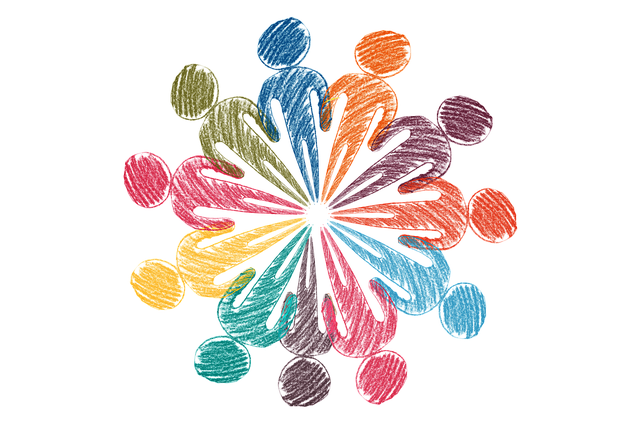 Firstly we have to delineate ‘Inclusive Publishing’ from ‘inclusive representation’.
Firstly we have to delineate ‘Inclusive Publishing’ from ‘inclusive representation’.
At the end of every year in Australia, there is a common stream of articles and blogs discussing yet another year where the top-selling books are still mostly male protagonists, picture books still featured predominantly caucasian characters, female heroines were rare, characters with any kind of disability were practically non-existent, and religious or multicultural representation was minimal to ‘is-that-even-a-thing-?’. Blah blah blah. The articles beg writers to be more ‘inclusive’ of our current socio-demographic. (Remember my focus is predominantly Picture books here – I read some fantastic Sci-fi that would be ‘inclusive paradise’!)
That is what is ‘inclusive representation’. That is what the top search results pull up when you simply google ‘Inclusive Publishing’.
Before I go on to point out the difference, let’s just answer the question posed annually – There probably are hundreds upon hundreds of writers and submitted manuscripts that are ‘inclusively representing’ all of those things listed above. But! They aren’t in the bookshops simply because of – THE BOTTOM LINE.
So one of the common points in nearly EVERY writing workshop I went to was this – only ‘minuscule’ % of submitted manuscripts from authors get selected by Publishers a year. You have about a 2% chance of being one of them.
 Newsflash! Publishers are RUNNING A BUSINESS.
Newsflash! Publishers are RUNNING A BUSINESS.
They select a story, and illustrations based on MAXIMUM SALES.
You may have a sweet delightful story about the Anorexic Indian 6yr old boy who overcomes his dietary issues with the aid of a deaf one-armed Sudanese girl but currently, people are buying picture books about the white blonde boy who windsurfs by farting, written by channel 10’s latest popular comedian! If 1 million people will buy the caucasian surfing fart boy, and only 10,000 buy the heartfelt tale, sorry – ‘inclusive representation’ goes out the window.
So sad, too bad!
OK, so maybe I’m being a bit harsh. But if you look at the stats and the driving business methodology of Publishers – that’s why year in and year out, there remains only small positive changes to ‘inclusive representation’. You want to look into Self-Publishers though and the statistics change dramatically. There are scores of ‘inclusive’ books being self-published, but self-publishers don’t get the same distribution, same lime-light, same Big W shelf space. Without that – it’s a hard slog to get to that top 100.
That’s just business. But it needed to be said before we return to answering what ‘Inclusive Publishing’ is then, and why the AIPI are looking at Publishers NOT writers to lead the way.
‘Inclusive Publishing’ is the publishing/creating/producing of publications, in my case Picture Books, that ‘include’ every possible person and their physical ability to actually ‘READ’. It has no interest in who/what/content is represented in the actual published text but rather WHO/HOW can READ the text. Something like 10% of all publications are available to be READ by vision-impaired people. That statistic may be a few years old now and with the improvement of e-books and audiobooks that number will have increased, but not dramatically. Inclusivity in Publishing is all about making sure that literature can be READ by anyone and everyone.
This includes but certainly isn’t limited too:
- people who low vision or are blind,
- people who are physically unable to hold or turn a page of a book, and as I have often wondered (the guidelines included as well),
- people with Dyslexia,
- don’t forget non-English readers
If you take language translation and Dyslexia out of the equation, we are talking about a minority of people. I know. If you recall early, I pointed out that I am VERY far removed from this group of people.
My only connection to this minority, volunteering as a promoter of a local Braille library. One young, charming, full of fun, (just like her classmates) junior primary student imprinted on me. Her whole life ahead of her. She was heavily vision-impaired, and because of that, her teacher told me she was likely to leave primary school with the reading ability of a grade 2’er. Not because of any learning difficulties, but mostly because of a lack of books and actual reading practice.
This was a few years back now, and I’m pleased to report that this little gem is reading at the same level (and writing!) as her same-aged peers. E-Readers and other technical advantages have given her greater access to Braille with her school work, and Twin Vision books assist with home reading with a parent.
I think I have digressed a bit!
If we remove Dyslexia for a minute (because I really feel that that is a giant area needing more research – plus it actually brings the statistics up VERY HIGH!) the number of people that would fall into this group just in Australia are… Miniscule. So when we talk about the BUSINESS side of publishing, Publishers would very reasonably put this issue into the TOO HARD BASKET.
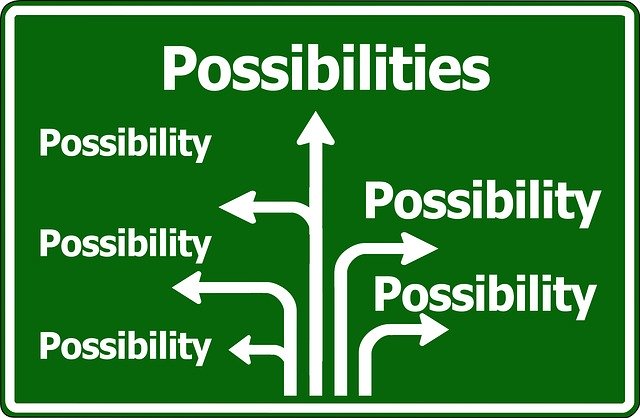 The AIPI’s guidelines are evidence of an attempt to pull it back out of the ‘too hard basket’ by offering up simple adjustments to current publishing methodology. By addressing the needs of the minuscule throughout the process as opposed to the end of the process. This way there is only minimal adjustment to the bottom line and to produce ‘INCLUSIVE’ rather than merely ‘ACCESSIBLE’ publications.
The AIPI’s guidelines are evidence of an attempt to pull it back out of the ‘too hard basket’ by offering up simple adjustments to current publishing methodology. By addressing the needs of the minuscule throughout the process as opposed to the end of the process. This way there is only minimal adjustment to the bottom line and to produce ‘INCLUSIVE’ rather than merely ‘ACCESSIBLE’ publications.
The guidelines are asking Publishers to open their minds about the word ‘READ’ and it’s contextual meaning. An ‘Inclusively Published’ document might be ‘READ’ by let’s say 98% of the people (us ‘Norm’’s) and perhaps ‘ENGAGED WITH’ or possibly ‘CONSUMED’ by the other 2%. You don’t ‘read’ an audiobook, but you have consumed the content. A person ‘ENGAGES’ with an E-Book, and at the rate technology is advancing there may be a plethora of other ways to ENGAGE with literature in just 5 short years. Inclusive Publishing is an ideal that a publication can be absorbed by any individual from which their education, literacy and knowledge and involvement with the world around them can grow.
Oooh – that’s getting awfully close to the fundamental right to education in our first world countries!
But it’s not fair to blame Publishers for a lack of inclusive books. You can’t really blame Scholastic for not giving my little gem her own Book Club order with all the books available in Braille or Twin Vision as well. They’re in this for money, just like every other business owner.
 The frank reality is, the current publishing methodologies create ‘accessible’ books, because anything else is HUGELY EXPENSIVE!
The frank reality is, the current publishing methodologies create ‘accessible’ books, because anything else is HUGELY EXPENSIVE!
Sure pumping out an e-pub file isn’t too hard if you have the software, but it’s not always as easy as that.
Depending on the book, if there are charts, graphs, photos with captions, tables of contents, important pictures, these all need to be authored into the e-book in such a manner that the reader, who let’s say has no vision, can still understand what is ‘visually’ on the page. An e-book produced without these considerations is still ‘ACCESSIBLE’ but it will make absolutely no sense to the ‘reader’ and therefore is not necessarily ‘inclusive’.
Picture books fall into this realm, particularly if the flow of the text changes, or if something that needs to be interpreted by the voice reader is a graphic (this might be a big caption ‘BAM’), or what if the whole page has no text and an image tells the story – text must be inserted into the E-Book coding so that the reader can interpret that. I am quite convinced that my first e-book publication is only ‘accessible’ and that there is one page where the text would not read in order!
It’s never ‘just that simple’! And that means it costs more.
But!
Switch to a different methodology, answer upfront all questions regarding ‘how’, and drive every aspect of the production based on those answers, you aren’t making a document ‘accessible’ but creating an ‘inclusive’ document. The costs are reduced and spread across the whole process.
Everyone’s a winner!
So, what is Inclusive Publishing (IP)?
Not to be confused with ‘inclusive representation’, IP is the production of publications that can be accessed by anyone including those with an inability to access traditional print publications. Who exactly all these people are I expect needs even further investigation as well as ‘how’ we truly achieve complete ‘inclusivity’, but that’s a whole other topic of discussion!
Why do we have to sell the concept of IP to Publishers?
Publishers are the gatekeepers to what’s on our shelves, not the authors, or the illustrators. Publishers are driven by their bottom line so convincing them is key.
Why aren’t we already ‘inclusively publishing’ given the amazing things we can do with technology?
Well, frankly I think that’s a combination of all the questions that have been posed throughout. Who and how do we need to accommodate. An IP publication might not look tomorrow what we thought it would look like today, given changing technology and improving research.
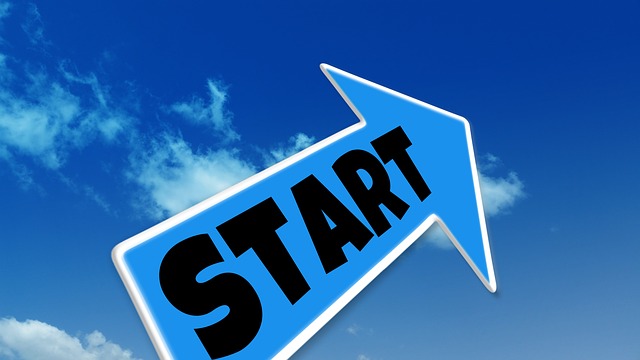 But!
But!
Starting is paramount!
I have another little project I wanted to launch this year. I plan to use the guidelines from AIPI to see how developing the Inclusive Picture Book will differ given what I learned from my first Twin Vision book, what I have researched till now, and what I plan to continue to learn.
Across the year I hope that Inclusive Publishing will mean something tangible and less altruistic as it currently sounds to me.
How wonderful would it be if we could make all publications available to all? Or is it really as far fetched as ‘World Peace’?!
